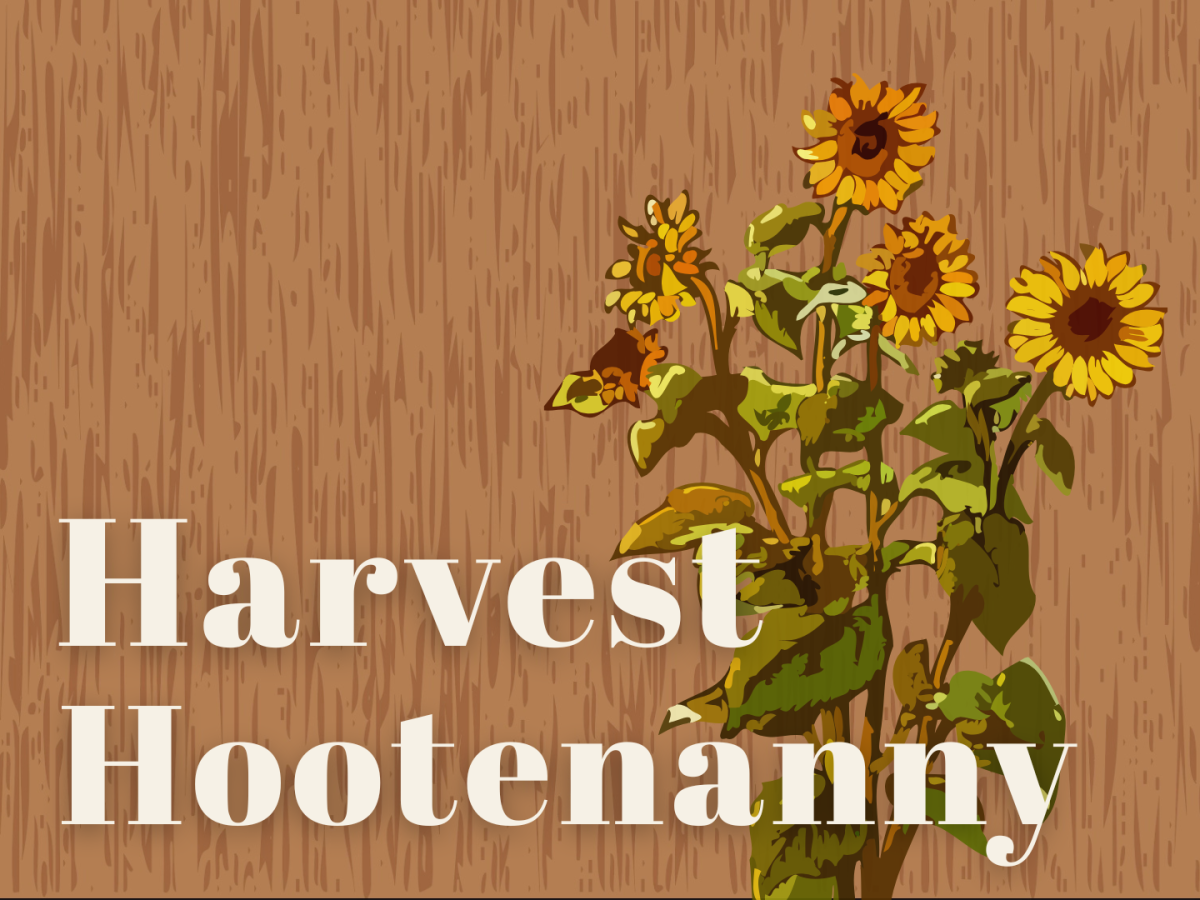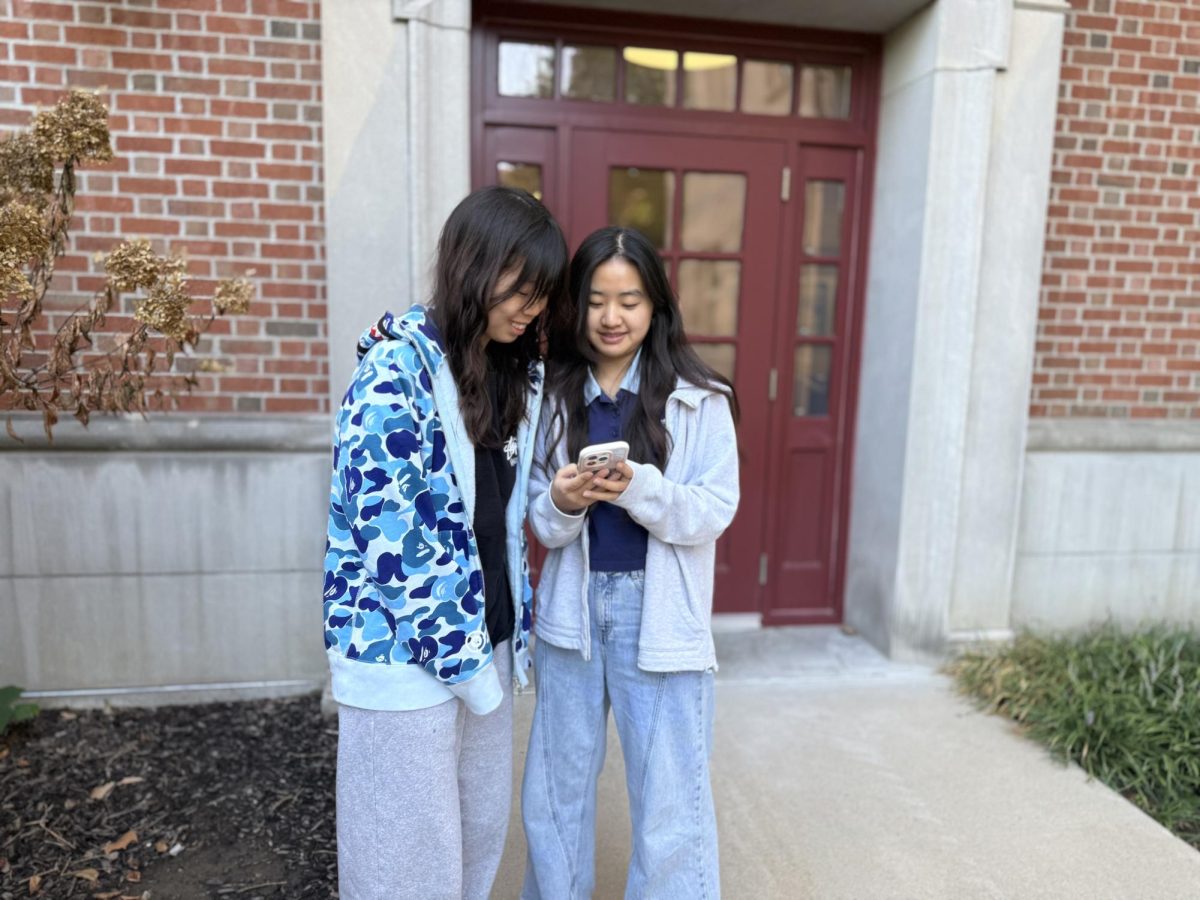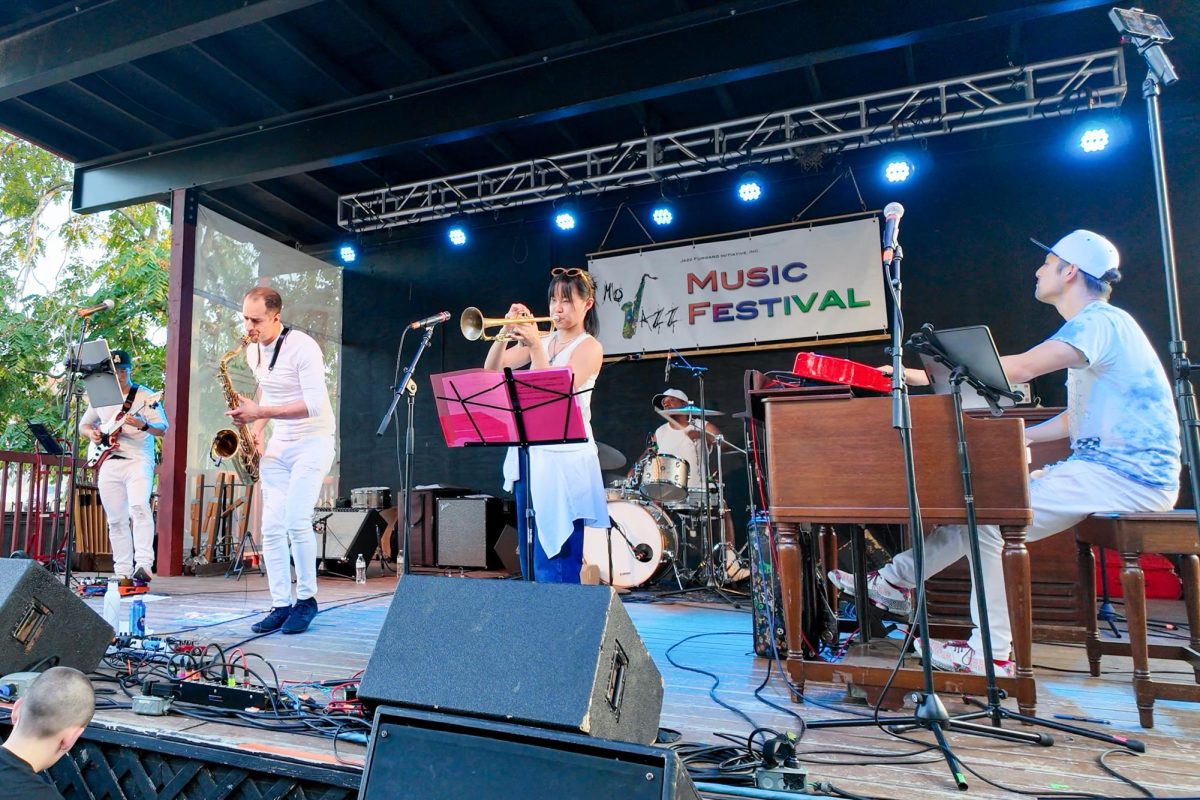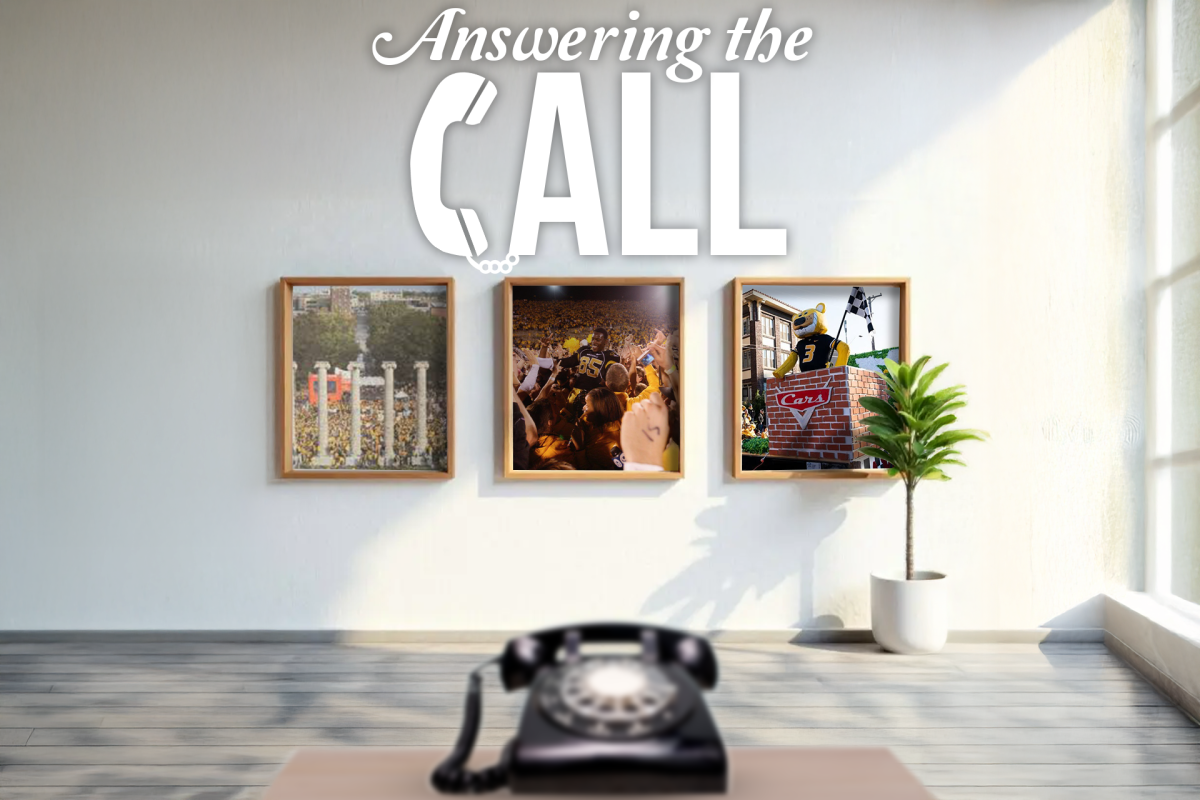In the U.S., we associate fall with spookiness, beautiful scenery and pumpkin spice everything. While the significance of fall as a harvest season is standard in most countries, different cultures have different ways of celebrating this time of the year.
While there are dozens of autumnal holidays, traditions and festivals celebrated around the world, here are six observances that represent the diversity and beauty of all of our world’s cultures.
Halloween:
Halloween, also known as All Hallows’ Eve, is one of the most well-known fall holidays in the U.S. Celebrated on Oct. 31, Halloween involves traditions such as trick-or-treating, wearing costumes and all things creepy.
Halloween is a big deal here in the U.S., and the National Retail Federation estimates that Americans will spend a total of $10.14 billion on the holiday this year.
For more information on Halloween and its complex history, check out The Maneater’s prior reporting.
La Mercè:
La Mercè is a festival held every year in Barcelona, Spain, as a way of honoring one of the patron saints of Barcelona: Mare de Déu de la Mercè (the Virgin of Mercy). The festival took place from Sept. 23-26 this year and featured hundreds of events.
La Mercè is well-known for its Castellers (human towers), where groups of people create an intricate tower that reaches up to nine levels and is completely composed of humans.
Another notable tradition during La Mercè is the Gigantes, or the giant parade. During this event, participants parade giant figurines of royalty through the streets. Barcelona also hosts another parade during this holiday: Correfoc, where monsters, devils and dragons march through the city’s streets with handheld fireworks and spray sparklers into the crowds.
Día de los Muertos:
A fall holiday that is growing in popularity here in the U.S. is Día de los Muertos (“Day of the Dead”), which is commonly celebrated in Central and Latin American countries, especially Mexico.
During this time, people believe the dead can come back and visit the living. Families create altars with photos of their late loved ones and offerings of food and drink on Nov. 2. Papel Picado (cut paper) and cempasuchitl (“marigolds”) decorate the altars, graves and towns during this time.
Origins of Día de los Muertos are found over 3,000 years ago during the time of the Aztecs and Nahua people. They believed that after death, individuals made the journey to Chicunamictlán (“the Land of the Dead”). Following nine challenges, their soul could finally rest in Mictlán, the Aztec underworld. To aid their loved ones, families offered food, drinks and other materials they may be able to use during this journey.
Guy Fawkes Day:
In the early 1600s, King James I publicly condemned Catholicism and set in place harmful laws that targeted Catholics, including fines and banishment. In May 1604, a group of men crafted a plan to use gunpowder to destroy the Houses of Parliament.
However, the House received a letter that October and the rebels did not succeed in their plans. Around midnight on Nov. 4, the rebels’ leader, Guy Fawkes, was arrested. Shortly after the plans were foiled, the people of London rejoiced with bonfires. Today, the celebrations continue on that day with bonfires all over the country.
Observers often create effigies of Fawkes made of straw. Children carry these straw creations on Nov. 5 and recite to passersby “Penny for the Guy.” Later, these straw effigies are tossed in the bonfires.
Diwali:
Diwali, also known as the Festival of Lights, is a major festival for numerous religions, including Hinduism, Sikhism and Jainism. The days it falls on vary, but are always in October or November. This year, Diwali will begin on Nov. 4.
In Bengal, the festival is observed as a way of honoring the goddess of death, Kali. In North India, Diwali celebrates the Hindu deity Rama’s return to Ayodhya after conquering the demon Ravana. Many cultures have different stories about the origin of Diwali. However, the main message of Diwali is universal: the celebration of light conquering darkness.
Celebrations of Diwali change between the religions and countries that celebrate it. But common characteristics of Diwali are firework displays, helping others, visiting loved ones, feasting and donning new clothing.
The MU South Asian Student Association will hold a public celebration for Diwali on Nov. 7, according to Priyanka Patel, president of SASA.
Mid-Autumn Festival:
China’s Mid-Autumn Festival, also known as the Moon Festival, is celebrated with paper lanterns, parades and eating pomelo fruits. The origins of the festival can be traced back to the Shang Dynasty, over 3,000 years ago, and celebrates the end of the fall harvest. This year’s festival was celebrated on Sep. 21.
Family is an important part of the festival. Families reuniting is an important tradition during the Mid-Autumn Festival because they believe the moon’s roundness is a symbol of reunification. Individuals who can’t make it home to family often gather with friends to celebrate.
The Mid-Autumn Festival is well-known for its mooncakes. Mooncakes are commonly made of lotus seed paste and egg yolk, and are an integral part of the festival. Another popular food item during the festival are pomelo, large fruits that belong to the citrus family.
Edited by Elise Mulligan | [email protected]








